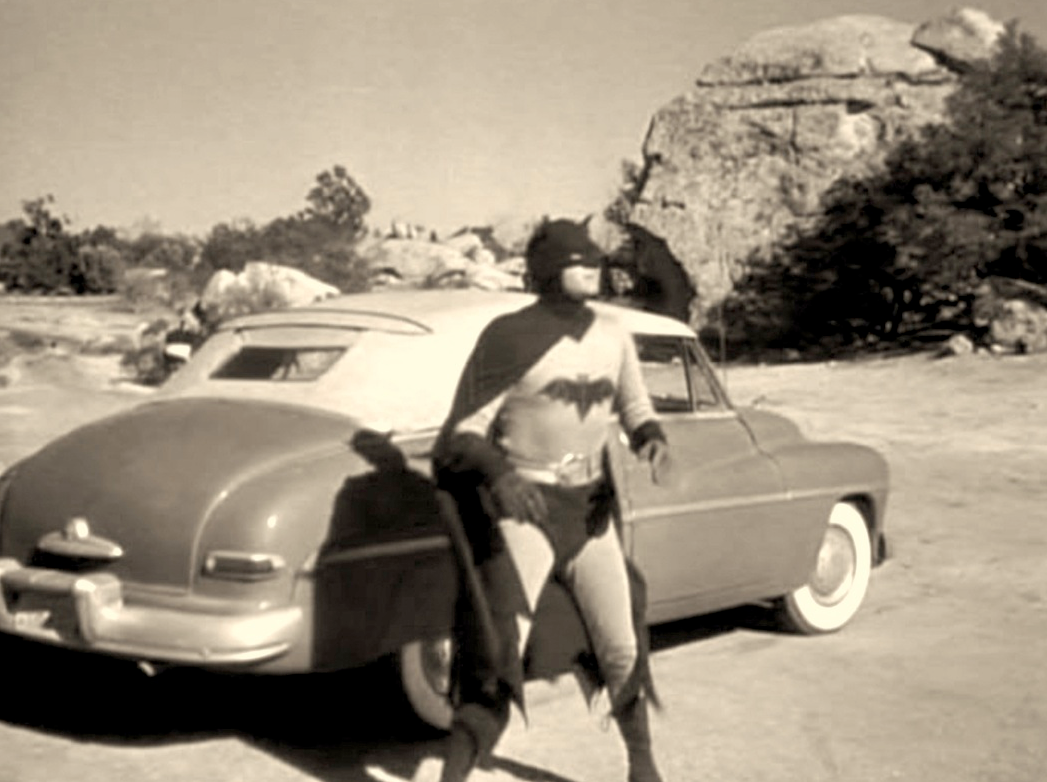"Stagecoach" (1939) — the iconic scene with background provided by the Garden of the Gods,
on the Iverson Movie Ranch in Chatsworth, Calif.
 Same rocks as they appear today
Same rocks as they appear todaySphinx, on the right, also known as Eagle Beak, and Tower Rock, on the left, also known as Indian Head and sometimes as the Pinnacle, are among the most famous and most widely filmed rocks on the Iverson Movie Ranch. They're located in the Garden of the Gods on the former Lower Iverson, an area that has been preserved as a park.
The sequence in which they appear in John Ford's landmark 1939 Western "Stagecoach
Sphinx, Tower Rock and Lone Ranger Rock tend to be the entry points for Iverson research, and they clearly have their appeal and their glamour. But in my own Iverson research, once I got past the initial excitement of seeing these familiar monuments in real life, I went on to discover hundreds of other rocks at the movie ranch that I found at least equally interesting.
One bit of trivia about these two giants concerns their names: Indian Head is a name that has been applied to at least four different rocks at Iverson, including both of these. (Click here for a post that runs through all of Iverson's so-called "Indian Heads.") Sphinx (or Eagle Beak) has itself been referred to as Indian Head at least once in a movie. Additionally, before Lone Ranger Rock became identified with the Lone Ranger, it was known as Indian Head. And there's another Indian Head on the Upper Iverson, also known as Wrench Rock.
"Batman and Robin" (Columbia serial, 1949) — Batman Rock at top right
The name "Indian Head" could easily have also been given to another Iverson rock, known as Batman Rock. Meanwhile, the name "Eagle Beak," which is now in wide use (probably more common, for example, than Sphinx, which is more correct), apparently came about as a result of an error, as it was reportedly confused with a different rock, Eagle Beak Rock, located on the Upper Iverson.




No comments:
Post a Comment